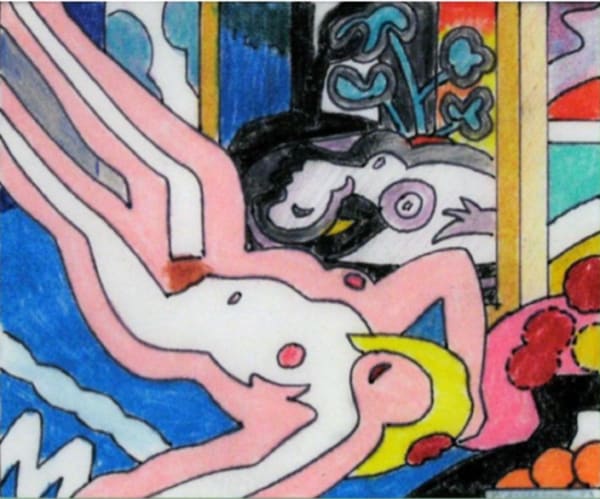-
Overview
"The prime mission of my art, in the beginning, and continuing still, is to make figurative art as exciting as abstract art."
Tom Wesselmann (February 23, 1931 – December 17, 2004) was an American artist celebrated for his significant contributions to the Pop Art movement. Born in Cincinnati, Ohio, Wesselmann's artistic journey began with a profound fascination for the vivid imagery of popular culture, which would later become the hallmark of his artistic style.
After serving in the U.S. Army, Wesselmann pursued his passion for art, studying at the Art Academy of Cincinnati and later at the Cooper Union in New York City. It was during his time in New York that he encountered the burgeoning Pop Art movement, which would profoundly influence his artistic direction.
Wesselmann's early works often featured collages of everyday objects, such as cigarettes, magazines, and household items, arranged in bold and vibrant compositions. His approach to art was characterized by a unique blend of realism and abstraction, as he transformed familiar objects into larger-than-life icons through his distinctive artistic lens.
In the early 1960s, Wesselmann gained widespread recognition for his series of Great American Nude paintings, which depicted stylized and provocative female figures against vibrant, colorful backgrounds. These works challenged traditional notions of beauty and sexuality, while also serving as a commentary on the commodification of the female form in popular culture.
Throughout his career, Wesselmann continued to push the boundaries of artistic expression, experimenting with different mediums and techniques. He was particularly renowned for his use of shaped canvases, which allowed him to create dynamic and unconventional compositions that defied the limitations of traditional rectangular canvases.
In addition to his paintings, Wesselmann also explored other forms of artistic expression, including sculpture and printmaking. His sculptures, often made from welded steel and incorporating elements of found objects, reflected his ongoing fascination with everyday materials and their potential for artistic transformation.
Wesselmann's work has been exhibited in galleries and museums around the world, and his influence on the art world continues to be felt to this day. By elevating the imagery of popular culture to the realm of fine art, he challenged conventions and expanded the possibilities of artistic expression, leaving behind a rich and enduring legacy that continues to inspire artists and audiences alike.
-
Series
-
News






